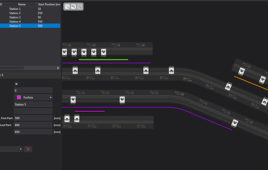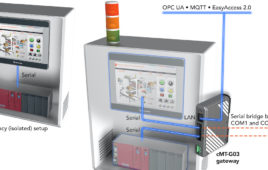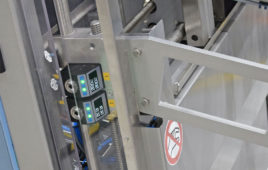To study how living systems respond to climate change, it is necessary to take a look at the ecological living conditions of animal and plant species. For most of these organisms (insects, reptiles, plants, etc.), observations must be made at a scale of approximately one centimetre.
How can environmental measurements be made at such a small scale over vast surface areas? IRD researchers and their Ecuadorian partners have just published a comprehensive methodology to answer this question, combining the use of drones, heat sensors, mapping and statistical processing software applications. This is a major methodological breakthrough for improving the prediction of climate effects, notably temperature variations, on biodiversity.
As they are becoming increasingly accessible, drones represent a technical revolution for scientific data acquisition. This is particularly the case when on-site measurements are difficult to perform when using standard equipment, or in domains where satellites and aircrafts do not provide the same flexibility of use nor a sufficient spatial resolution (one metre at best for infrared satellite images).
3D “thermal landscapes”
Several recent studies have documented the applications of these unmanned aircrafts, in particular for ecological and agronomic research. Equipped with an onboard thermal camera, they provide data on local temperatures, at appropriate spatial and temporal scales. However, a methodological framework had yet to be defined to process these data. This is what IRD researchers and their Ecuadorian partners have just proposed in the Methods in Ecology & Evolution journal. They describe a comprehensive “toolbox” for integrating the images taken by drones into appropriate mapping and statistical processing software applications. This ultimately provides a 3D reconstruction of the relief of the areas flown over. A high-resolution thermal landscape can then be superimposed over the 3D maps.
Full-scale tests
The research team tested this new methodology in the Andean agricultural landscapes of Ecuador. The drones were fitted with an infrared camera (for recording surface temperatures) and they screened the potato fields, which are frequently attacked by a broad range of pests and diseases (caterpillars, aphids, fungi). Flying 60 metres above the ground, these drones provided accurate measurements, over dozens of square metres, of the spatial distribution of the surface temperatures of both the ground and plants. The entire operation was carried out with an accuracy of 1 and 5 centimetres for visual and infrared images, respectively!
Improving the representation of microclimates
The resolution applied for climate data collection up until then failed to provide a full account of the microclimate conditions within global climate models. Yet, microclimates modify the distribution and response of local species to climate change. Their inadequate representation in the models is a major obstacle in the study and prediction of climate effects, notably on plants and animals.
The images collected during this study underline the urgent need to quantify microclimate conditions, in accordance with relevant spatial scales. They revealed that the type of crop and their stage of growth significantly alter the temperature and ecological conditions in the fields, and therefore the dynamics and distribution area of crop pest populations (such as corn moths or weevils).
Filed Under: M2M (machine to machine)




